Fear of Vladimir Putin, Islamists and immigration see new iron curtains constructed once again across Europe
All over Eastern Europe – from Ukraine, to Poland, to Bulgaria – Soviet-style 'iron curtains' are celebrating a renaissance
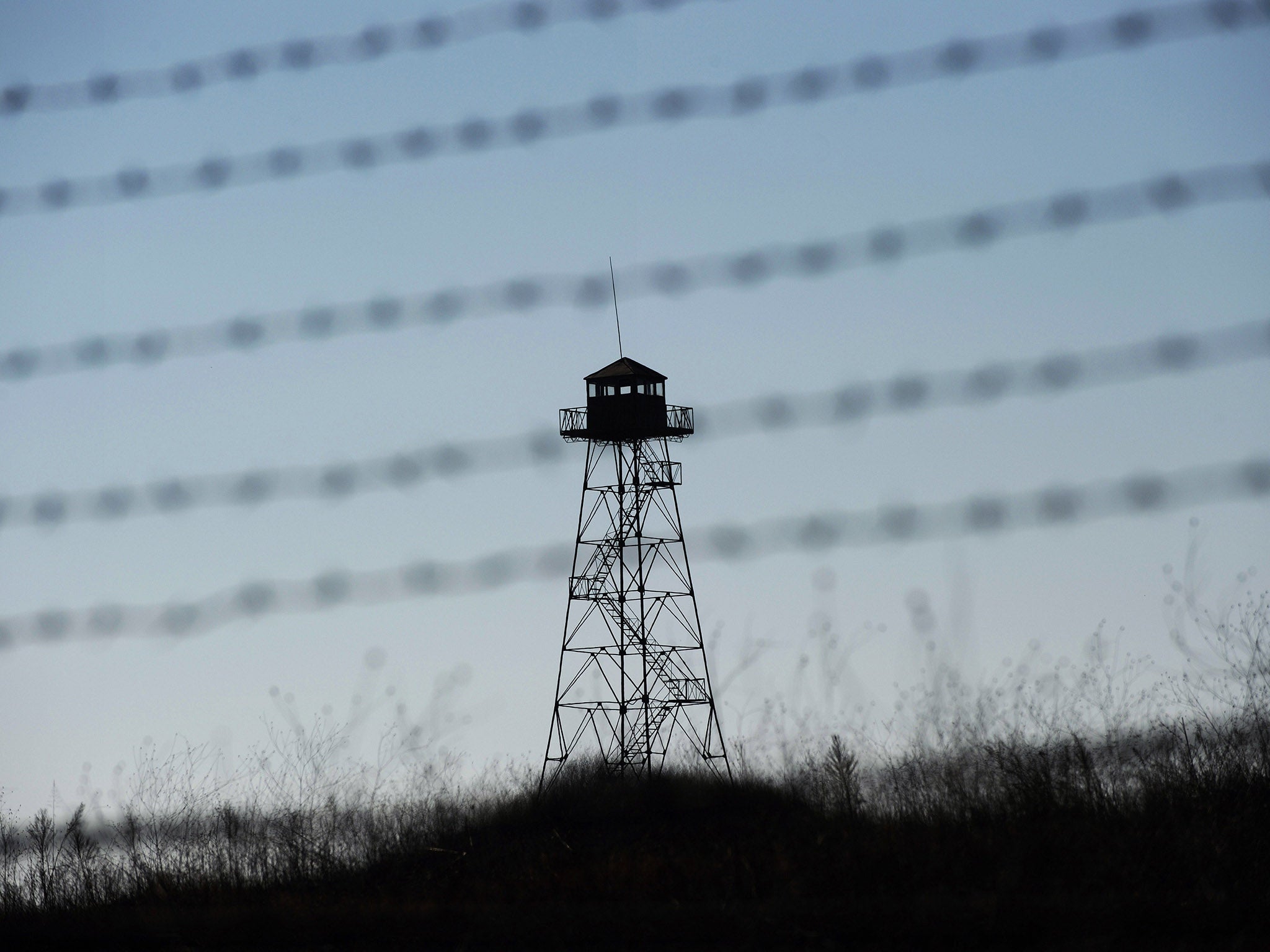
Your support helps us to tell the story
From reproductive rights to climate change to Big Tech, The Independent is on the ground when the story is developing. Whether it's investigating the financials of Elon Musk's pro-Trump PAC or producing our latest documentary, 'The A Word', which shines a light on the American women fighting for reproductive rights, we know how important it is to parse out the facts from the messaging.
At such a critical moment in US history, we need reporters on the ground. Your donation allows us to keep sending journalists to speak to both sides of the story.
The Independent is trusted by Americans across the entire political spectrum. And unlike many other quality news outlets, we choose not to lock Americans out of our reporting and analysis with paywalls. We believe quality journalism should be available to everyone, paid for by those who can afford it.
Your support makes all the difference.The “Great Wall of Ukraine” looks nothing like its nickname suggests. It boasts no stone, brick or tampered earth, you can’t walk along it, and there is little chance (one would hope) that parts of it will remain standing 2,000 years from now. It is, however, “a priority”, according to the Ukrainian President, Petro Poroshenko, and its intended purpose is simple: to keep Russia out and would-be secessionists in.
Two years ago, the Ukrainians did not need this “wall”. Or, to put it differently, they did not think they needed it. Times, however, have changed. The wall – simply an idea 12 months ago, a political play by Poroshenko in the run-up to elections – is now being marked out. The first stretch of wire fencing has already gone up in Kharkiv, the northern region not far from neighbouring Luhansk, where skirmishes are frequent. The eventual plan, however, is to create something much larger in scale: a boundary to run the length of Ukraine’s eastern land border with Russia, stretching 1,500 miles, and replete with trenches, watchtowers and armed guards. It will take an estimated three to four years to build and $500m (£330m) to fund – a figure of which bankrupt Ukraine is hoping the EU will help to provide at least a portion in support.
It will not be the only fence to go up this year. All over Eastern Europe – from Ukraine, to Poland, to Bulgaria – Soviet-style “iron curtains” are celebrating a renaissance, with boundaries springing out of the ground in places few would have expected half a decade ago, and neighbours separating themselves in new and surprising ways. Poland this month announced plans to harden its border with the Russian exclave of Kaliningrad to the north – with six watchtowers to be put up this year – in a move indicative of worsening relations between Russia and its contiguous EU states. Meanwhile, further south, in Bulgaria, a fence topped with razor wire is being erected to stretch the length of the southern border with Turkey. The goal, according to the administration in Sofia: to stop the flow of refugees from the Middle East and Africa, and curb the risk of receiving militants from Syria and Iraq.
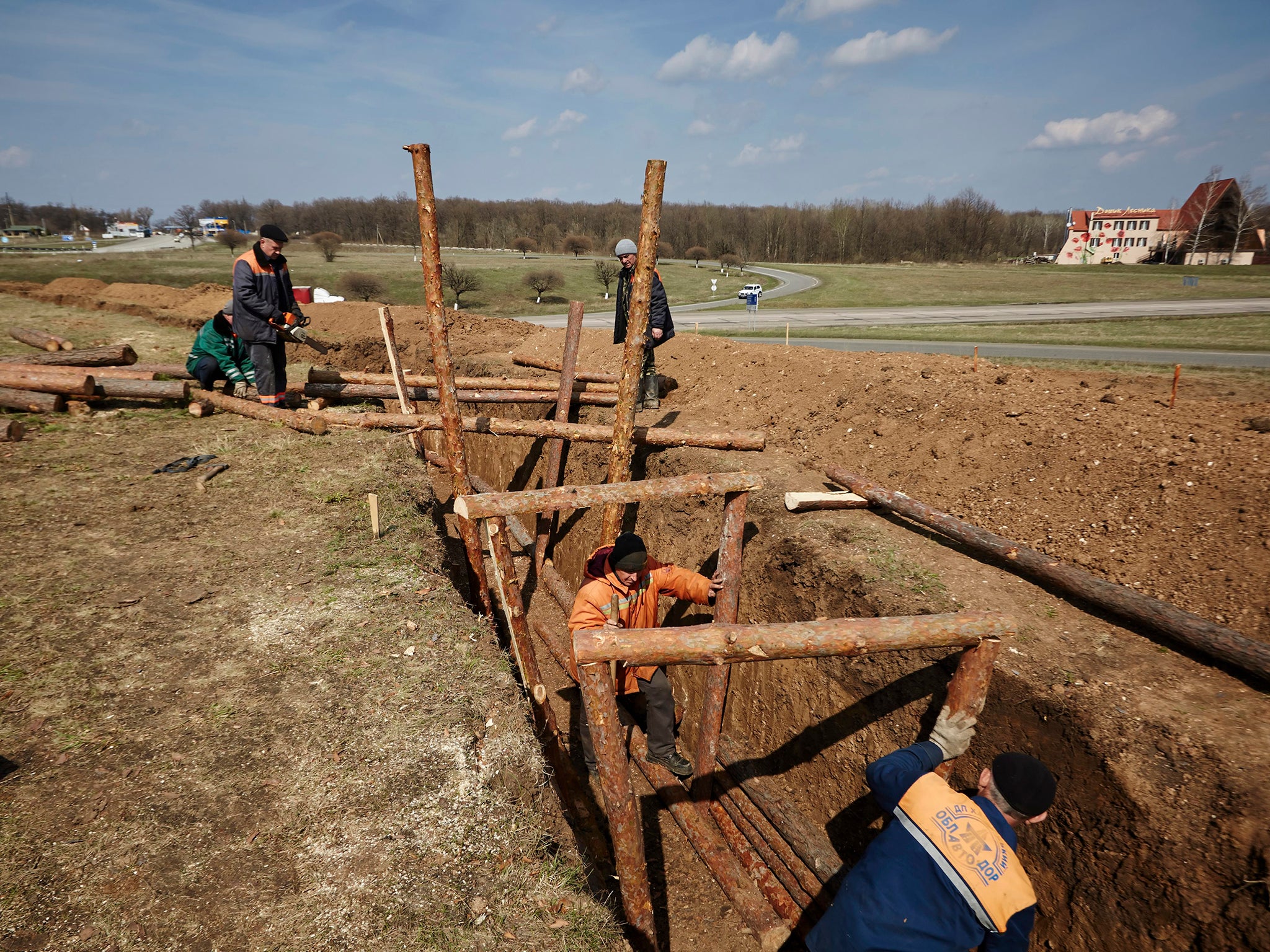
“The wall is back,” says Professor David Priestland – who lectures in Soviet history at Oxford University – metaphorically, at least. “There were lots of them in the Cold War. We thought we’d got rid of them, and now they’re cropping up again.” The reasons, Priestland says, are twofold: “We’re partly seeing a militarisation of borders, and we’re also seeing walls going up to stem the movement of people. We are not in a wonderful world of trading with each other and moving freely, as it looked like we might be getting towards in the Nineties. That has not happened.”
It’s hard to disagree. Some 500 miles from Ukraine, and two countries further south, Bulgaria’s “wall” – built with entirely different intentions – is even further along in development. It is a project as ambitious as the US’s reinforcement of its border with Mexico: a state-of-the-art “integrated monitoring system”, which will see Bulgaria’s whole southern border with Turkey closely observed by a new task force of 1,500 border police.
“The government’s plan is to make it stretch 100 miles across the southern border with Turkey. The plan is to finish by June,” says Boris Cheshirkov, a spokesperson for the UN Refugee Agency (UNHCR) in Bulgaria. “It’s a chicken-wire fence with barbed-wire rolls in front of it,” Cheshirkov explains. It’s three metres high. I don’t know what else to say about it.”
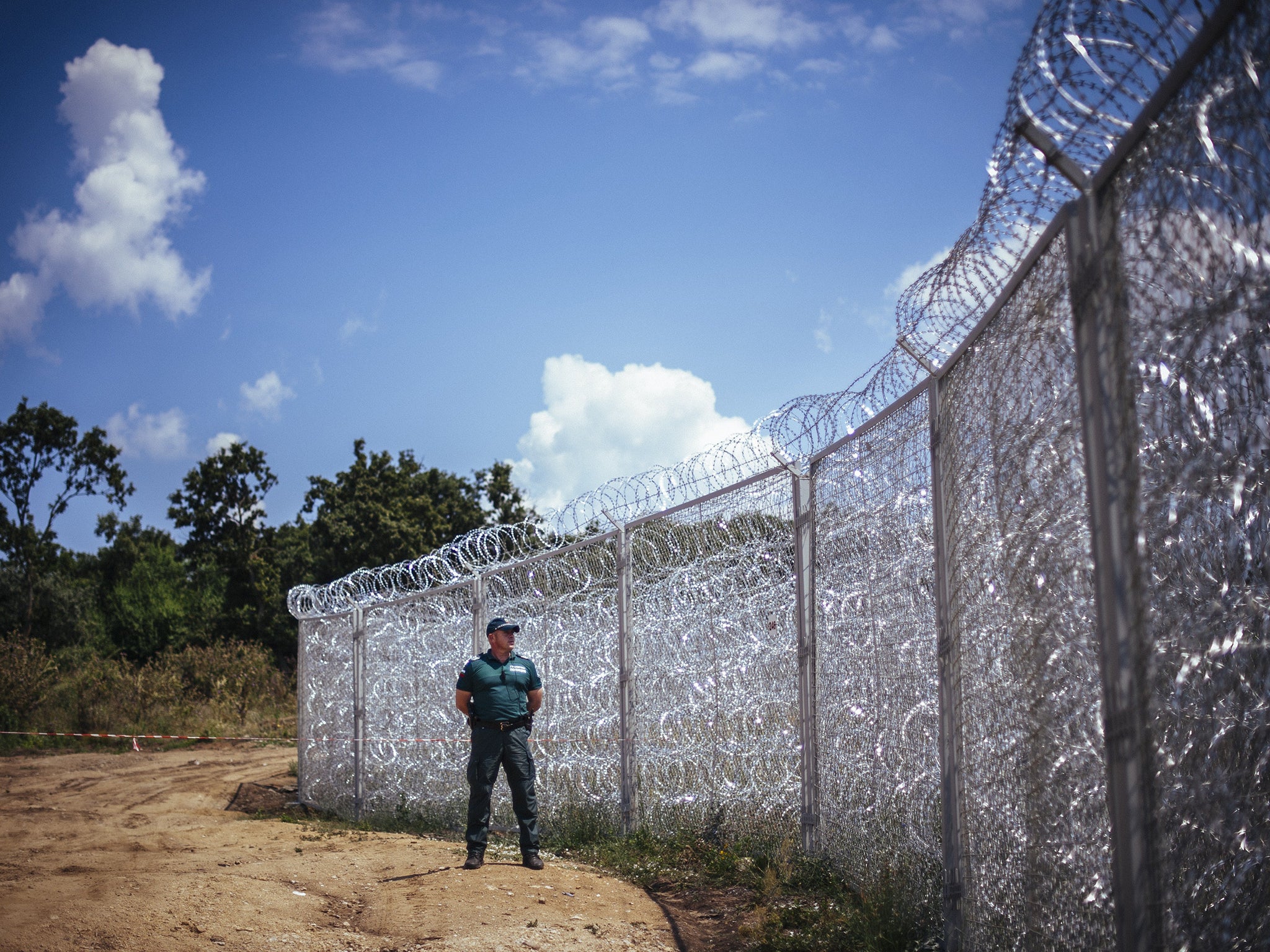
He could always add that it is a monstrosity. The hardening of the border will result directly in refugees choosing to seek out more dangerous routes of travel, and many are predicting a rise in the number of those trying to flee the Middle East by boat rather than land in the coming months – threatening more tragedies like those happening right now in Italian waters. “There’s already an established people-smuggling route from Turkey’s Aegean coast going into the Mediterranean,” says the Turkish journalist and author Alev Scott. “We’ll certainly see that sea route becoming used more as a result of the fence.”
Bulgaria argues that it has good reason for its actions. Civil war in Syria and the rise of militant groups in the Levant have taken a toll on the country, which remains one of the EU’s poorest members. Bulgaria cannot cope with the refugee burden being placed on it simply as a result of its geographical location, and the country strongly opposes the EU directive that all refugees are legally restricted to their first EU country of entry.
It is, in part, a just argument. More than 15,000 known Syrian refugees have entered Bulgaria illegally since the beginning of the their civil war, and at least 4,000 are known to be in the care of refugee centres there. The true number must be much higher; and it’s hardly surprising that Bulgaria resents taking the bulk of a refugee influx which its EU neighbours are not sharing.
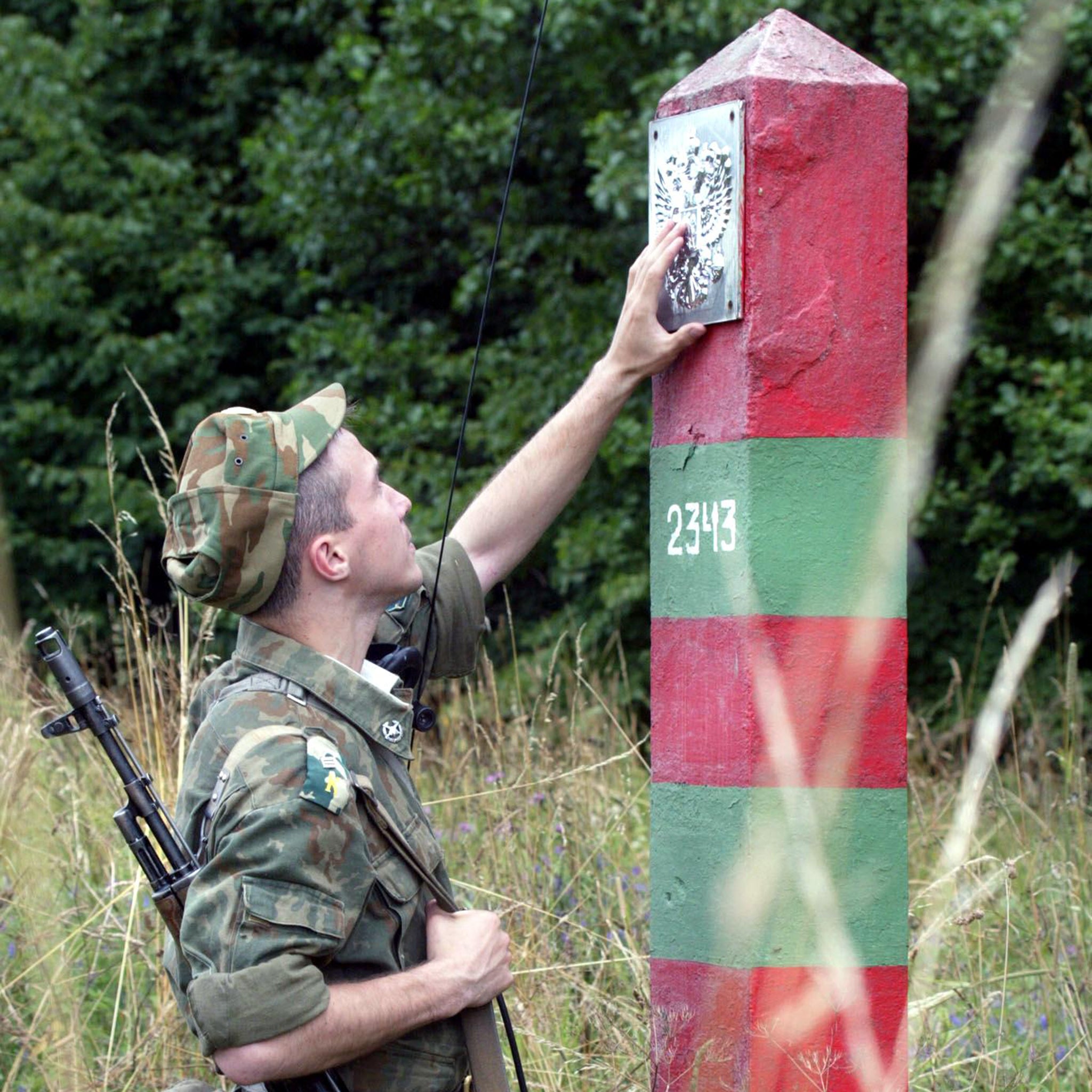
The fence, by all accounts, is delivering results. Before work began 16 months ago, Bulgaria was receiving around 100 refugees per day – the majority of them Syrians, Kurds, Iraqis and Yazidis. Now, with the first part erected, that number has already dropped to more like 150 people per week.
However, the real tragedy of its success, the UNHCR says, is that Bulgaria was just beginning to cope with the influx of new arrivals at the point that its “containment plan” was signed off by the government. “In 2013, refugee reception conditions were dire,” Boris Cheshirkov says. “Now, with the help of the UNHCR and increased EU funding, those that actually reach the refugee centres are fed twice a day and live in renovated buildings.”
The irony is that, just as Bulgaria has begun receiving substantial external support for receiving refugees, it has also elected to stop letting them in. However, in part, this is a decision predicated on domestic politics. Anti-immigration sentiment in Bulgaria is fierce, with groups such as Human Rights Watch routinely reporting incidents of refugee abuse in the country. This – coupled with a fear that those crossing the border from Turkey count returning jihadist militants among their ranks – has engendered strong home-grown support for reinforcing the border.
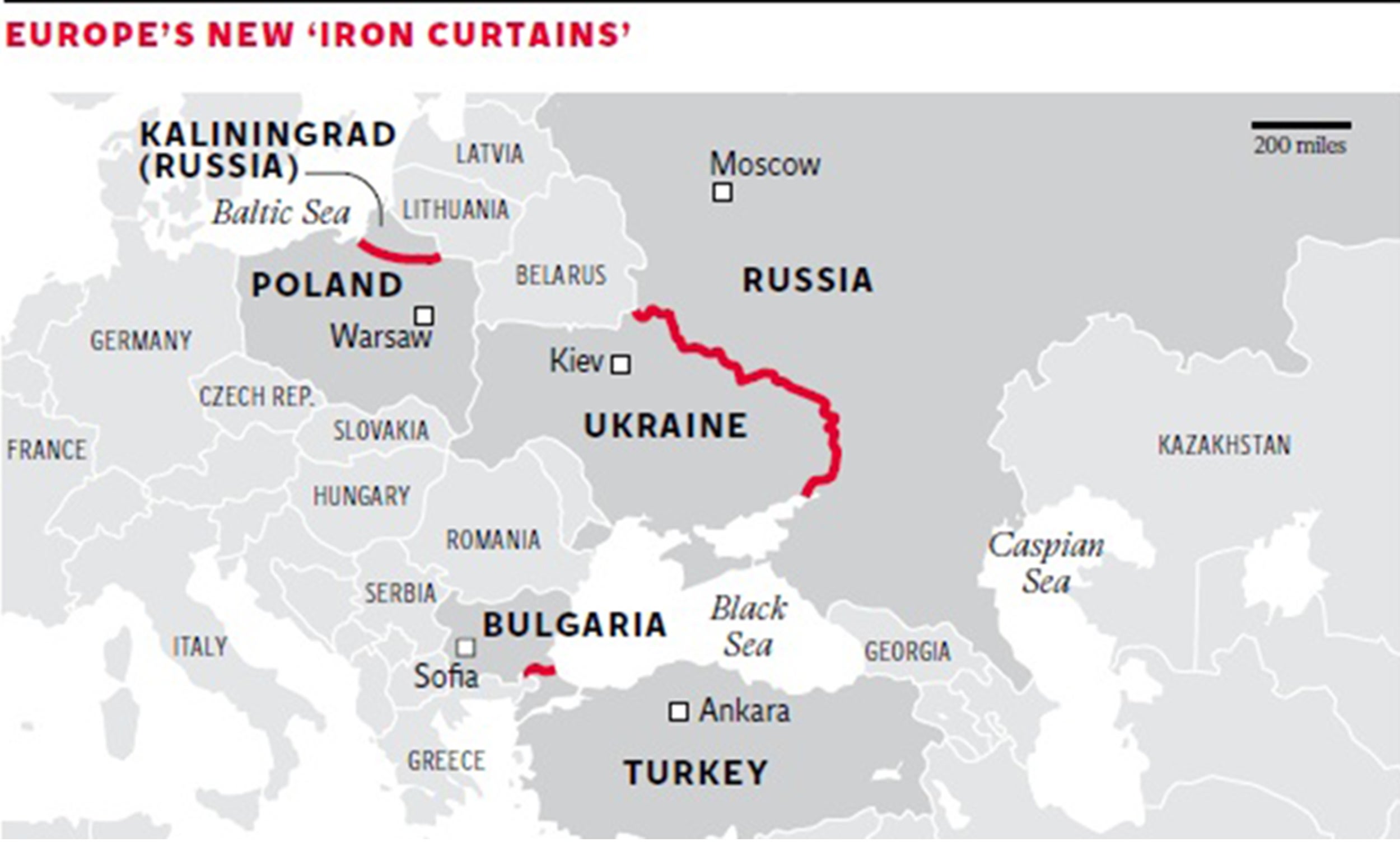
Still, the UNHCR implicitly rejects the idea that this approach will materially combat the spread of militants. “Based on the profile of most of the people we’ve seen cross the border in the last two years, these are families with small children,” Boris Cheshirkov says. “They are people with nowhere else to go, fleeing the horrors of terrorism. This is the main point to make.”
Regardless, the appeal of such policies remains strong, according to Kalypso Nicolaidis, a professor of international relations at Oxford University and an expert on European integration. Walls are “an extreme expression of bordering”, she says. “We already have border guards and border crossings in Europe and a huge majority of migrants arrive to the Continent through airports, not over sea or land.” But physical barriers, “whether they are for militarisation or immigration, respond to a demand for protection and security. They allow politicians to give the impression that we’re becoming more secure against external threats”.
Further north of Bulgaria, another border is being fortified with just that motive in mind. On the upper edge of Poland, near Gdansk, on a boundary that was becoming ever more porous until a few months ago, there now lie the first outlines of a massive building plan. The idea, proposed this month by the Polish authorities, is to erect six 50m-high watchtowers to survey the 200km-long border with Kaliningrad, Russia’s westernmost territory.
Kaliningrad, Poland fears, is being heavily armed by Russia: a defence official for the Kremlin announced in March that the region would shortly be equipped with Iskander missiles, and Poland is taking the move seriously – as are the Baltic states farther north. Lithuania’s president has expressed fears that the ballistic weapons could reach as far as Berlin. Poland, as noted, is responding by means of a hardened border. The six watchtowers, which will begin going up in June, will cost 14m zloty (£2.5m) and receive 75 per cent funding from the EU’s External Borders Fund.
Russia analyst Ben Judah believes the threat of armament next door is only one of the reasons behind Poland’s watchtower project. “Kaliningrad and Russia are still very well connected,” he says. “The Polish government is very twitchy about the fact a train line still connects Moscow to Kaliningrad. There’s a fear that you could easily see Russian soldiers, masquerading as rebels, alighting from that train in Kaliningrad and posing a threat to the whole area.”
If that is a legitimate fear, it’s not yet one that Poland is willing to recognise. Speaking to EUobserver newspaper earlier this month, an anonymous spokesperson for the Polish foreign ministry insisted that the scheme was “designed to prevent illegal crossings and… not linked to the current situation in Ukraine”.
Yet the hardened border, some think, is a regression for both territories, given the improved relations between Russia and Poland in the past half-decade. As recently as 2013, the inhabitants of Kaliningrad – a piece of Russia since 1945 – dreamt of a visa-free border with their EU neighbours. There were holidays to the seaside town of Gdansk, weekend trips to Ikea and Lidl, and even songs appearing on YouTube to celebrate the softening of the border – all due to a small but important change in Poland’s border-traffic law which meant that Kaliningradians could cross westwards for several different trips, without having to travel to Moscow to obtain a visa.
“It’s very sad to see,” Ben Judah says. “It’s only recently that the Polish government was pushing for closer engagement with Russia. Kaliningrad and Poland looked like the likely test ground for visa-free travel between Russia and some of the EU.”
Judah sees Poland’s watchtower scheme and the strengthening of the border as indicative of a wider sense of fortress mentality in the area. Earlier this year, Lithuania announced plans to reintroduce conscription over concerns about “the current geopolitical environment in the Baltic states”. Latvia’s defence minister has suggested similar moves. The Estonians have been almost provocatively defiant: this February, on the eve of their Independence Day, they paraded a squadron of US military vehicles through the city of Narva, which juts into Russia, a mere 300 yards from the border. The hardening of the frontier there is of a part with military refortifications on the borders of Poland and Ukraine: boundaries once sketched out in pencil are now being firmly re-marked in pen.
Part of the phenomenon, says Stuart Elden, a professor at Warwick University specialising in contemporary territory issues, is that such “wall building” can be contagious. “There has been a noticeable trend in the past few years. The fact that some states are doing it has led to others doing the same,” he says. “It sends out both a domestic-policy message and says something to the countries next door. They’re a retrograde, old-fashioned move, and they’re hard not to notice.”
Still, don’t good fences at least make good neighbours? Not according to European integration expert Kalypso Nicolaidis. She says that in all the three main cases – in Ukraine, Bulgaria and Poland – governments are guilty of making decisions effective only in the short term. “People don’t really understand that it’s really about what’s happening at the source. Deal with Russia, deal with the problems that cause people to travel up from the Middle East and Africa – that’s much more effective,” she says. “But in citizens’ imaginations, walls have an imaginative quality which politicians tend to pander to. They seem like the easier solution.”
Join our commenting forum
Join thought-provoking conversations, follow other Independent readers and see their replies
Comments